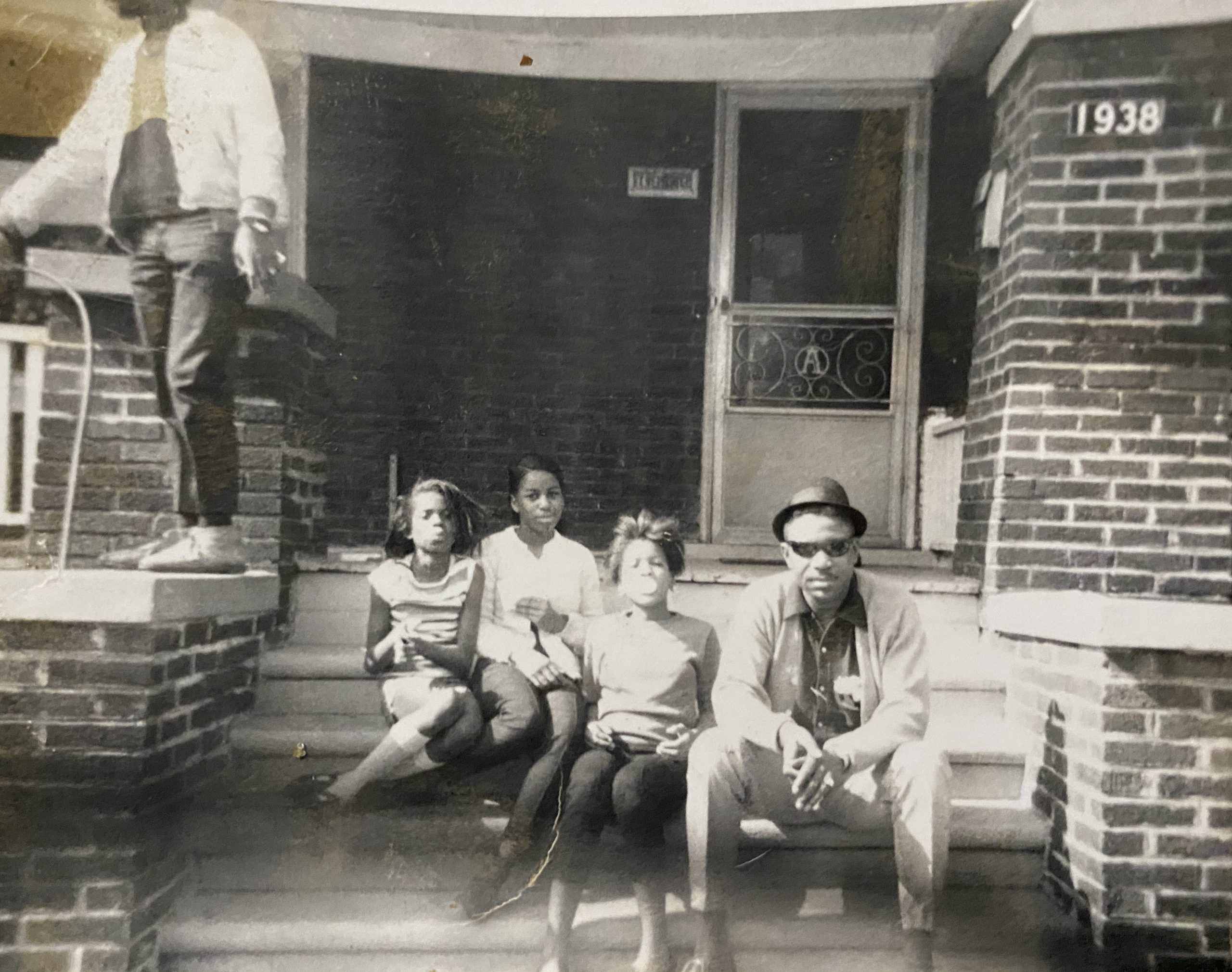Growing up in Detroit, I never really considered its “Black History.” Hearing stories about the changes Detroit had been through and how things used to be did not mean much to me as a child. However, I had no idea that there was a devastating and pivotal moment in Detroit’s Black History that changed everything: the 1967 Detroit Riot.
While considering things to write about for Black History Month, I was curious about my family’s history. I asked my mother, “Why did Aunt Louise leave Kentucky and move to Detroit?”. She answered with layered memories of her childhood experiences growing up in Detroit.

My mother’s recollection of what it was like for her during the 1967 Detroit Riot is what stood out to me the most. She shared how some of the young men in the neighborhood looted the stores for groceries and other merchandise. These same young men would bring items to their house, so that my grandmother, “Ms. Tillie” could get “first dibs” on everything that they had. Soldiers with guns drawn and riding on army tanks rode down their street on Elmhurst. Those soldiers even yelled at my mother, her siblings, and cousins to “Get back on the porch!”
The 1967 Detroit Riot
In 1967, a series of events led to the riot that changed Detroit. The brunt of destruction could be felt on 12th Street & Clairmont (where the riots began inside of the “Blind Pig”), as well as Elmhurst (the street my family lived on). “The riot resulted in the deaths of 43 people, including 33 African Americans and 10 whites. Many other people were injured, more than 7,000 people were arrested, and more than 1,000 buildings were burned in the uprising.” In 2017, 50 years after these ruinous events, “Detroit” the movie was released. The movie is both a factual and fictional depiction of what took place during those five dark days here in Detroit.

A Family that Stays Together
In 1951, my great aunt Helen Louise McMurray moved to Detroit from Kentucky for a better life. One by one, her siblings followed until all eight of them were together again. It was only natural for them to want to live close to one another. Ultimately, four of the eight lived on the same street for many years: Helen Louise McMurray, William Lee “Wim’lee” Gaither, Wanda Cowans and Tillie Ann Carrington. That street was Elmhurst between 12th & 14th Street.

During my chat with my mother, she also mentioned an article that was written about two of my great aunts, Louise and Wanda. Now this intrigued me all the more and sent me on a three-day search for this article. To my surprise, I found not only one article but two! The first article recounts when the riots spilled over to Elmhurst and quotes my Aunt Wanda sharing what it was like for her and her children:

After the Detroit Riot, My Family Stayed
Articles reference Elmhurst as the “forgotten street.” The once beautiful homes on Elmhurst that were destroyed were eventually torn down. Over the last 50 plus years, there have been some efforts to “clean up” 12th street. However, Elmhurst was never included in those plans. For many who lived in this area, the destruction became a reason to leave. Yet my family saw it as an opportunity to stay and become homeowners.
The second article I was able to locate gives some insight to the reason they didn’t leave, specifically referencing two of my great aunts: Wanda & Louise.

From One Generation to Another. And Another.
Aunt Louise and my family made the decision to move to Detroit. They decided to stay on a street that was ravaged during the riot, buy homes on that same street, and raise their families there. This is the essence of resilience. Day-to-day life often resembled a small family reunion. Elmhurst became the epicenter of our family’s roots here in Detroit, Michigan. In 1972, my grandmother and her family finally decided to move.
My great aunts’ children grew up and had children of their own. Many of them remained on that same street, renting apartments and/or houses. So many of my family’s memories were made on this street. I can recall moments of playing outside with my cousins on the lot between their homes. Aunt Louise and Aunt Wanda sat in their windows facing the lot daily. Often times you would hear them talk loudly back and forth to one another about what was happening on the news.
Although our family no longer lives on Elmhurst…

It will always be a part of our history here in Detroit as well as Detroit’s Black History.











I loved this so much tiphani. Love to read about other Detroiters especially families that stayed.